How To Restart Explorer Windows 7
You lot may call up that you need to restart your computer in club for registry changes to accept place. Not necessarily. Restarting the explorer.exe process performs the same function. Explorer.exe is the program component in Windows that provides the Windows Shell. The Windows Shell or Explorer creates and presents the unabridged Windows user interface, such as the Taskbar, the desktop, Windows Explorer, the notification surface area (system tray), Offset carte du jour, dialog boxes, and interface controls.
You may accept heard about terminating the explorer.exe procedure using the Job Manager. Using the Chore Managing director may be effective, simply it is forcibly killing the process instead of terminating it properly, giving the process the change to exit safely and completely. In Windows 10, y'all use the task director to end the process. There is a hidden option in the Kickoff menu in Windows 7 and Vista and an extra function in the Shutdown menu of Windows XP that allows you to stop and restart the explorer.exe process correctly.
Windows 10
In Windows ten, you first have to open the Task Managing director by pressing CTRL + SHIFT + ESC on your keyboard or by typing in chore manager after clicking on Starting time.
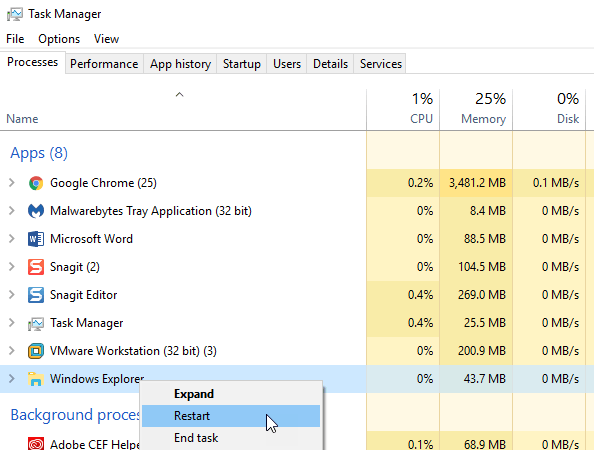
Upwards at the top where it says Apps, find Windows Explorer and right-click on information technology. One of the options will exist Restart. In Windows x, the process is killed and so automatically restarted. Yous don't have to go to File – Run New Chore to start it up again like you do in Windows seven and before.
Windows 7 and Vista
To correctly shutdown the explorer.exe process in Windows 7 and Windows Vista, open the Start menu. Hold down the Ctrl and Shift keys and right-click on any empty space on the Start carte du jour. A short, popup menu displays with ii options. Select the Exit Explorer option.
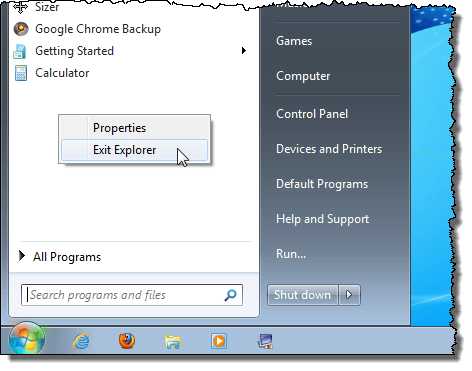
The Taskbar goes away and the desktop icons seem to disappear. To admission the Task Manager to restart the explorer.exe process, press Ctrl + Alt + Delete. A screen displays with five options. Select Showtime Chore Managing director.
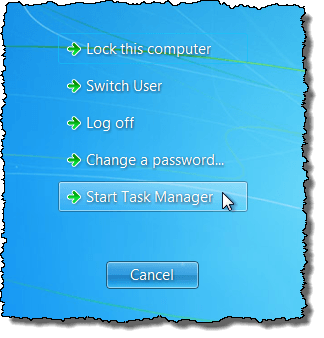
In the Chore Director, select New Job (Run…) from the File menu.
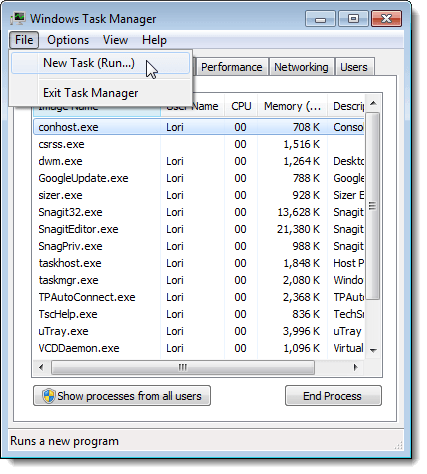
The Create New Chore dialog box displays. Blazon "explorer.exe" (without the quotes) in the Open up edit box and click OK. The Taskbar, desktop, and other components of Windows are restored.

To close the Task Managing director, select Exit Job Managing director from the File menu.
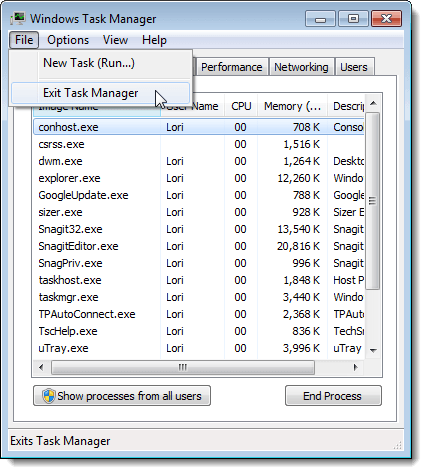
Windows XP
To correctly shutdown the explorer.exe procedure in Windows 7 and Windows Vista, open the Start carte and click the Turn Off Reckoner button at the lesser of the menu.
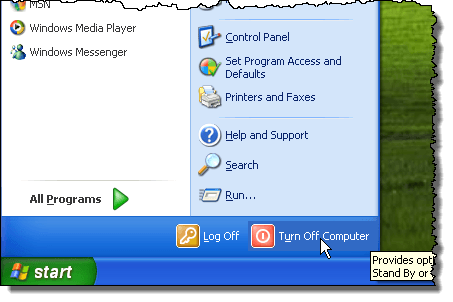
The desktop turns shades of grayness in the background and the Turn off figurer dialog box displays with iii options and a Cancel button. Press and concur Ctrl + Alt + Shift and click the Abolish button.
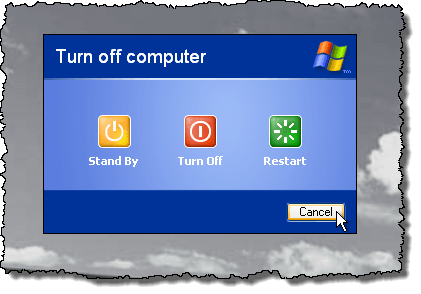
Just like in Windows seven, the Taskbar goes away and the desktop icons seem to disappear. To admission the Task Manager to restart the explorer.exe process, press Ctrl + Alt + Delete. In the Job Manager, select New Task (Run…) from the File menu.
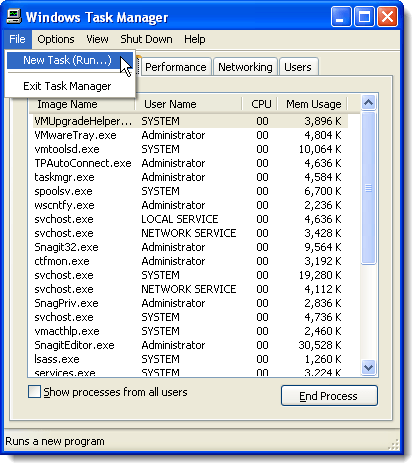
The Create New Chore dialog box displays. Type "explorer.exe" (without the quotes) in the Open edit box and click OK. The Taskbar, desktop, and other components of Windows are restored.
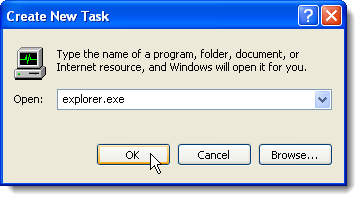
To close the Chore Managing director, select Exit Task Director from the File menu.
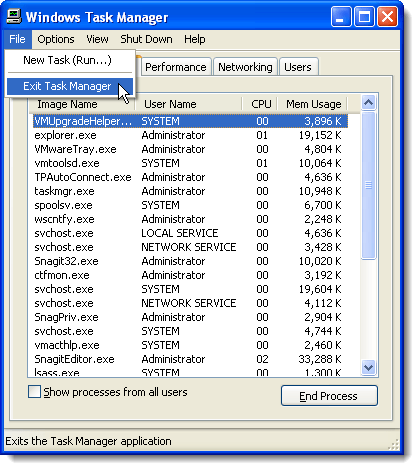
Exiting the Explorer process cleanly allows you to shutdown Explorer without risking locking upwards your Windows session if you lot forcibly kill the explorer.exe process using the Task Managing director or the taskkill control. Enjoy!
Exercise not share my Personal Information.
Source: https://helpdeskgeek.com/how-to/restart-the-explorer-exe-process-correctly-in-windows/
Posted by: scalfsooder69.blogspot.com

0 Response to "How To Restart Explorer Windows 7"
Post a Comment